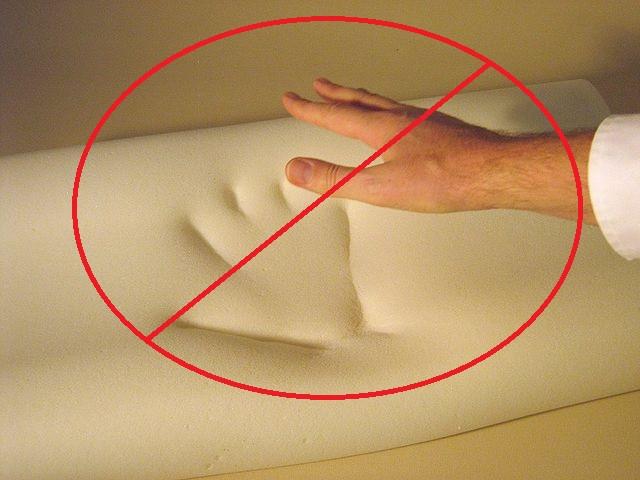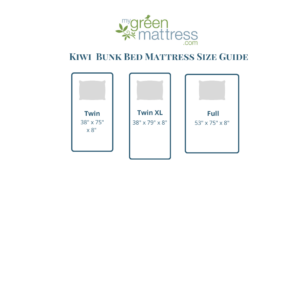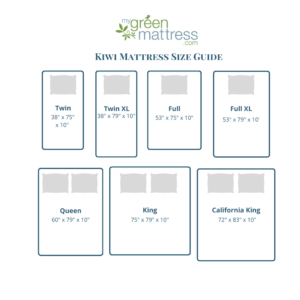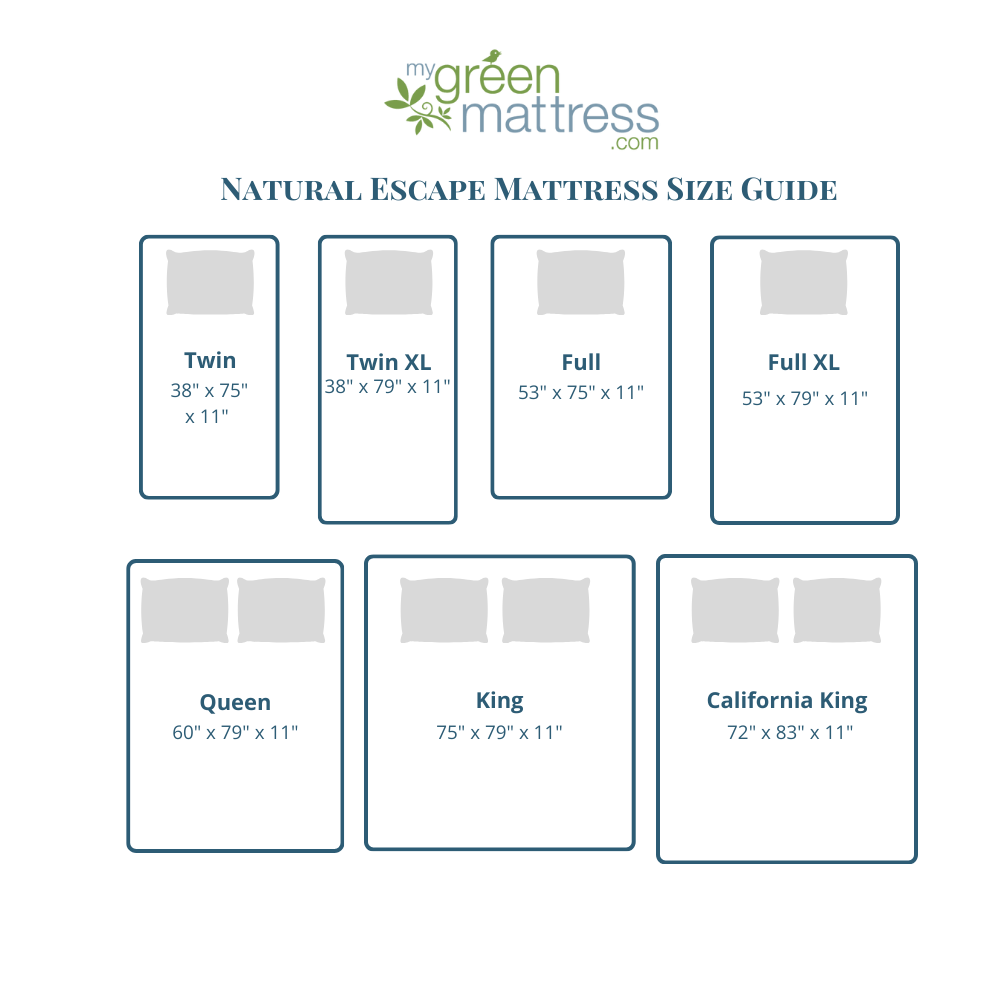Because it’s cheap and contains properties that make it appear to be lubricating, petroleum is used in many household, self-care and even over the counter remedies often sold in drug stores. Though it’s so widely used, people are under the impression that not only is it effective, but that it’s safe. Neither are completely true.
What is Petroleum?
Most often found in vapor rubs, in lip balms, and in diaper ointments, Vaseline or petroleum jelly, is not something that you want to be putting on skin. Petroleum is a leftover residue created during the refinery of crude oil, and it doesn’t actually moisturize, which is how the companies that sell it as hydrating make money. Because it feels wet, people believe it to be working as such, when, in reality, it is ultimately drying, causing people to depend on it, using it over and over. It has no healing or restorative qualities and can be toxic if ingested.
Petroleum Isn’t Best for Baby’s Skin
Why put something like this on your or your child’s skin when there are safe options that are sustainable, healing and restorative, such as virgin coconut and olive oils? In fact, according to Best Health Magazine,” a study that was published in Pediatrics in 2000 found that extremely-low-birth-weight infants treated with petroleum jelly were more likely to develop systemic candidiasis; it created a warm, moist place for fungi to grow.” “Sometimes you want the skin to breathe more,” says Celeste Lutrario, vice-president of research and development for Burt’s Bees. She says petrolatum is an occlusive barrier, locking in moisture, but it does not allow moisture to be absorbed from the atmosphere (Peters – The Truth About Petroleum).
Petroleum in Foods
If you have ever eaten anything containing the preservative known as TBHQ, you’ve ingested a byproduct of petroleum. It can be found in certain brands of foods including chicken nuggets, ice cream, crackers, and cookies. According to one CNN article, “It can also be found in varnish, lacquer, and resin. It helps prolong the shelf life of food and, if it’s consumed at low levels, is considered safe.” What the FDA doesn’t look at is how many foods contain it and how many of these foods people are consuming in a day.
“In higher doses TBHQ has been found to cause “nausea, vomiting, ringing in the ears, delirium, a sense of suffocation, and collapse”(CNN).
Surprisingly, Many People are Sleeping on Petroleum.
“In recent decades, most mattresses have been made with layers of synthetic, polyurethane foam. Polyurethane foam is made from petroleum that emits volatile organic compounds (VOC’s), which have been linked to respiratory irritation and other health problems, according to the Environmental Protection Agency” (NY Times). At My Green Mattress, we avoid using polyurethane foam all together. Instead, we handcraft our mattresses with all-natural latex from the rubber tree, organic cotton, and natural wool to provide our customers with a natural, toxin-free sleep.
Avoiding Petroleum Products
Fortunately, when it comes to skin care, foods, and mattresses, petroleum can be easily avoided as long as you know what to look for. You can start by reading labels and only purchasing products with ingredients that you can pronounce, recognize, and know to be safe.
Additional ingredients that are not listed above, but that do contain petroleum or petroleum byproducts include: mineral oil, paraffin oil, toluene, benzene, PEG, anything ending in DEA, MEA, or any word that contains the following: ethyl, propyl, and methyl. In addition, 95% of chemicals used in fragrance or perfumes are made from petroleum.









